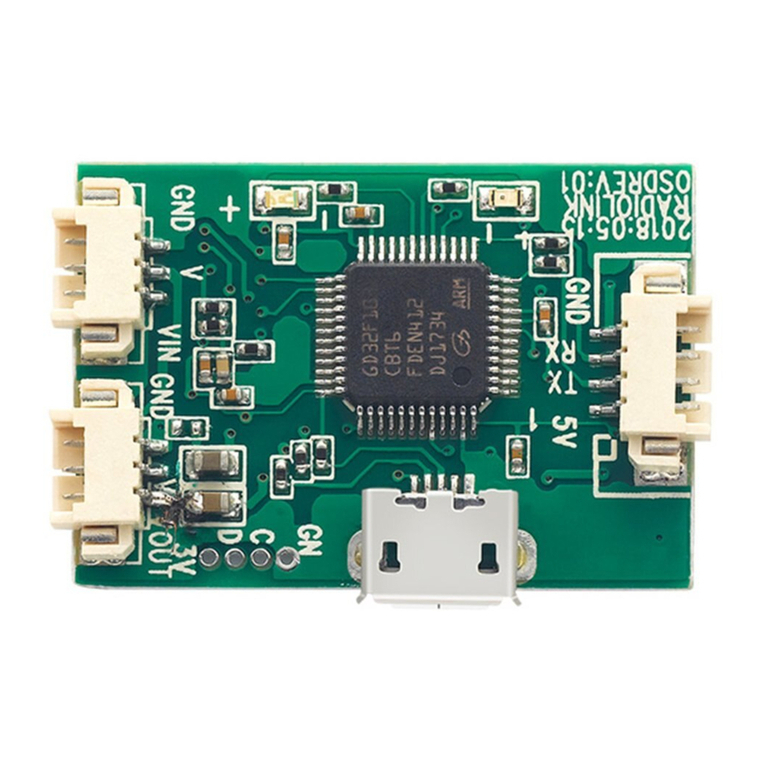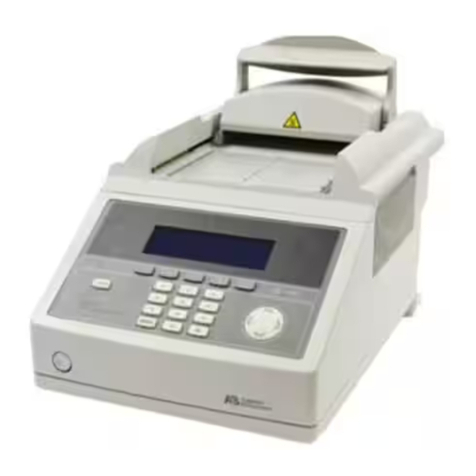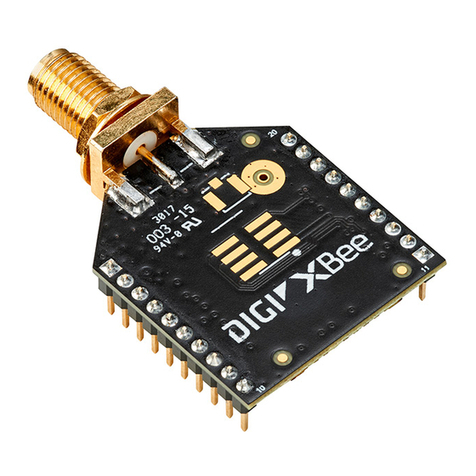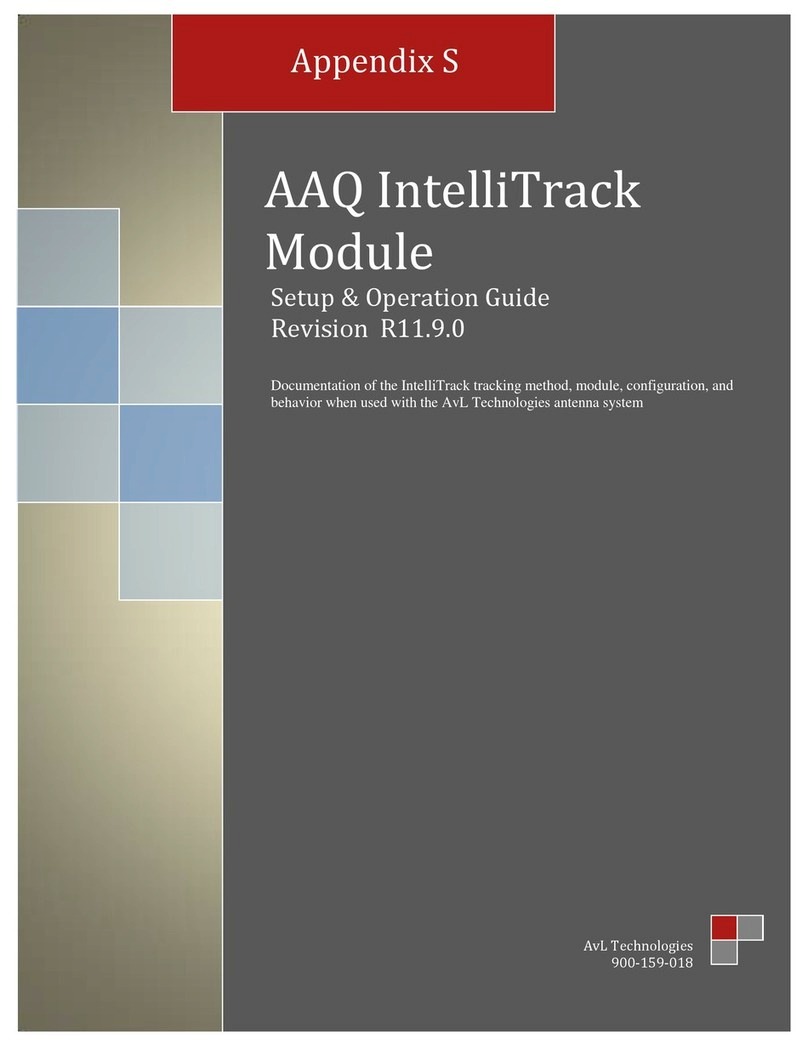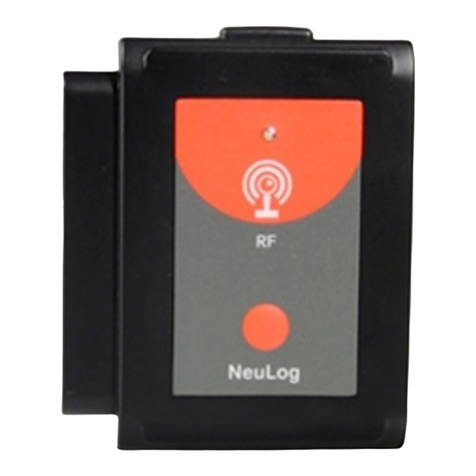Biral A 12 User manual



















Other manuals for A 12
1
This manual suits for next models
19
Table of contents
Languages:
Popular Control Unit manuals by other brands
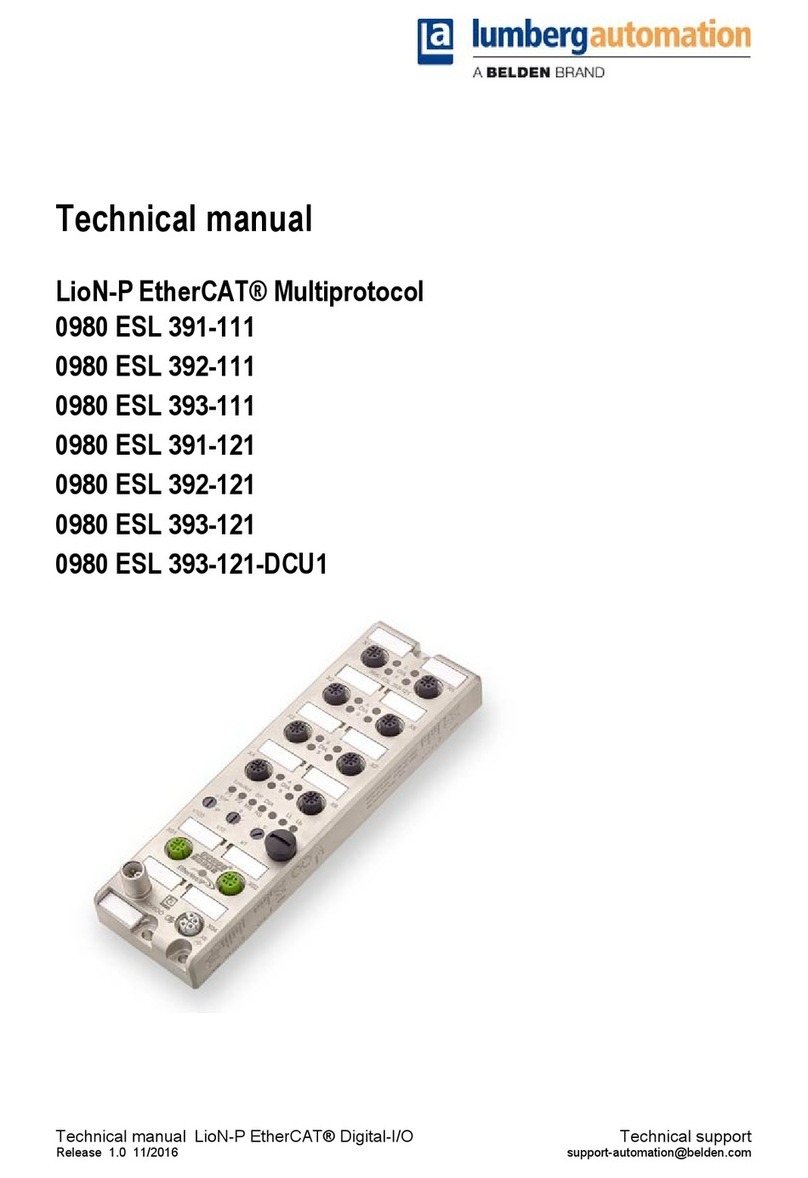
Belden
Belden lumberg automation LioN-P 0980 ESL 391-111 Technical manual

Miele
Miele A 300/2 operating instructions
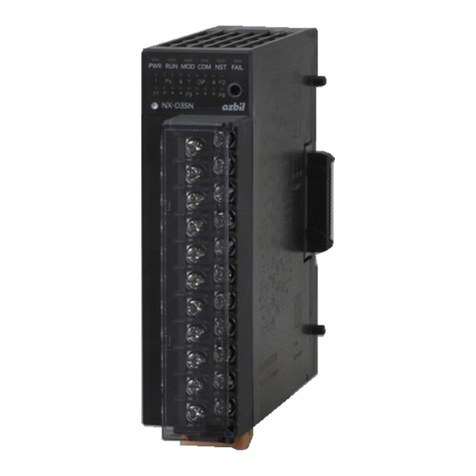
Azbil
Azbil NX-D15 user manual
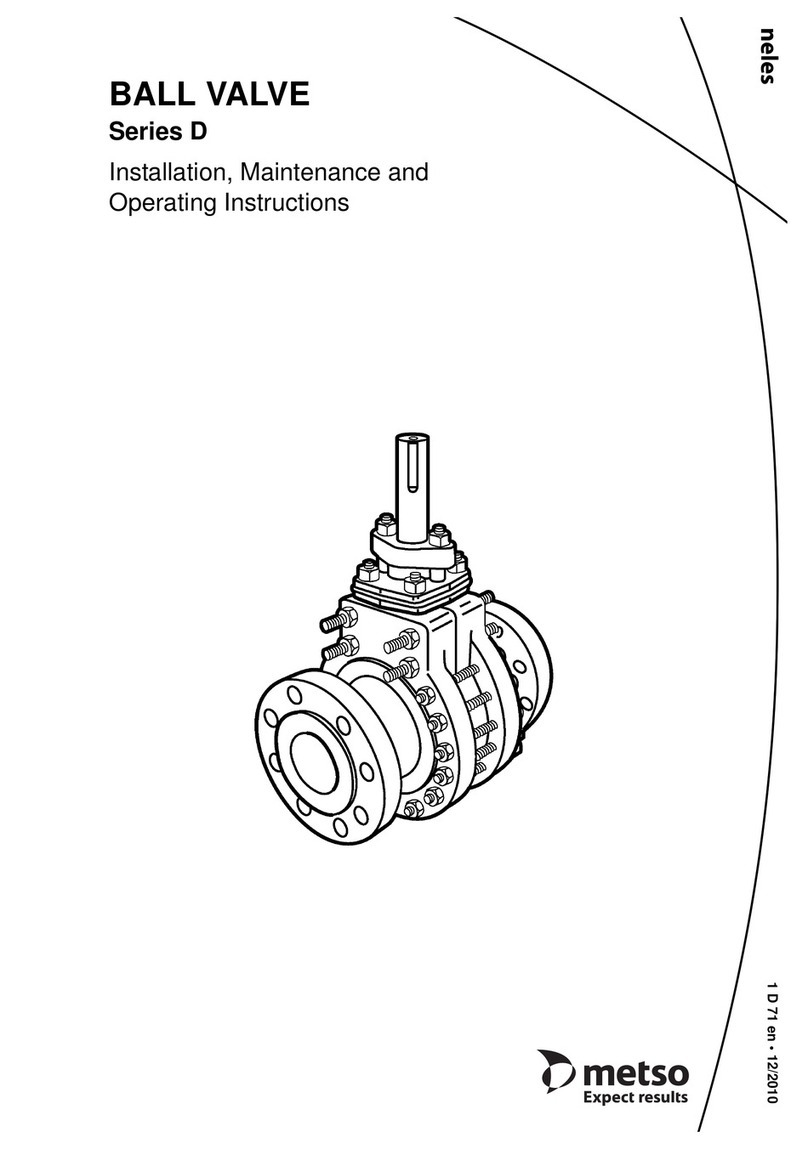
Metso
Metso D Series Installation, maintenance and operation instructions

Stanley
Stanley 70500 Instruction and service manual

Frequency Central
Frequency Central Stasis Leak manual
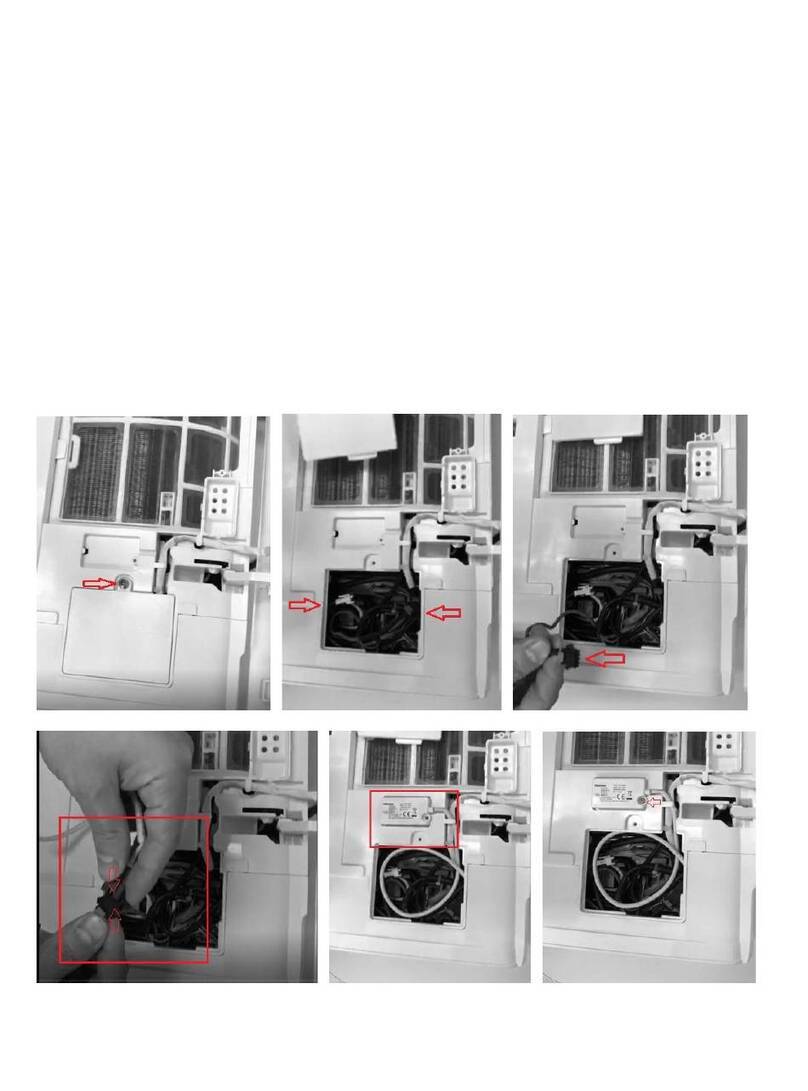
Heinner
Heinner HAC-HS09WH++ installation guide
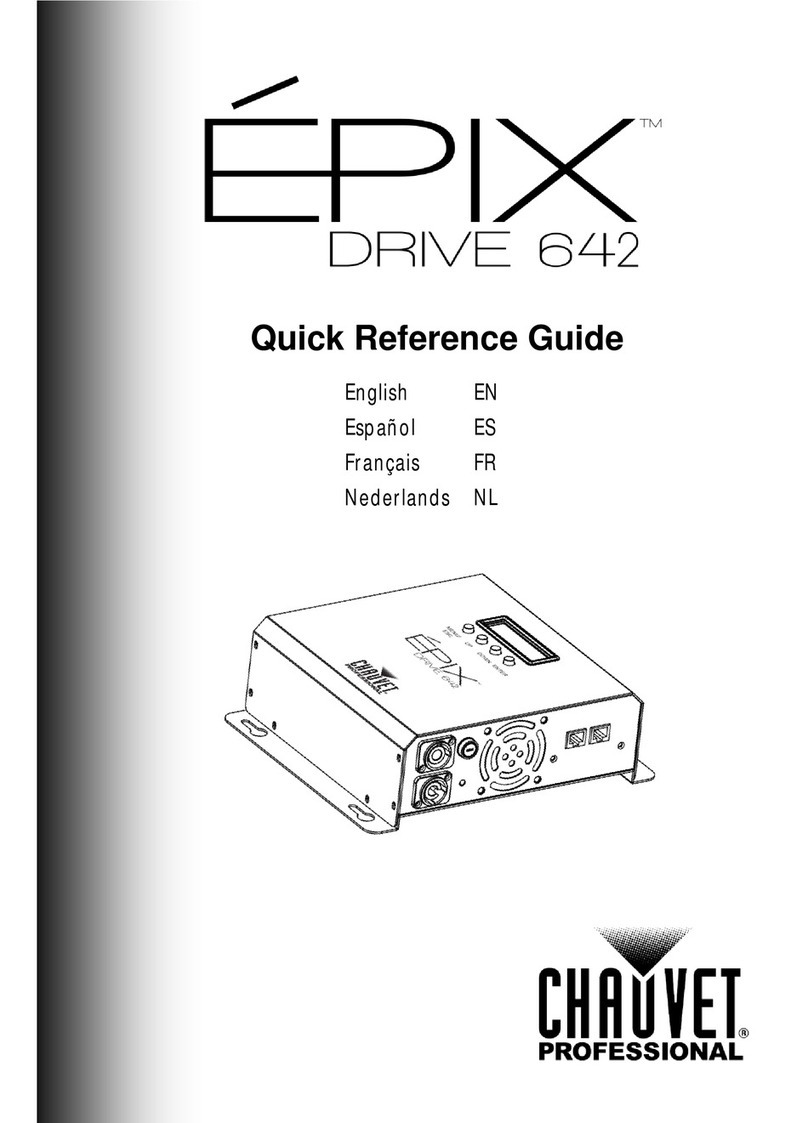
Chauvet
Chauvet Epix Drive 642 Quick reference guide

Bticino
Bticino Terraneo 391612 instruction sheet

Bradley
Bradley EFX 60 S19-2200 Series Installation and maintenance instructions
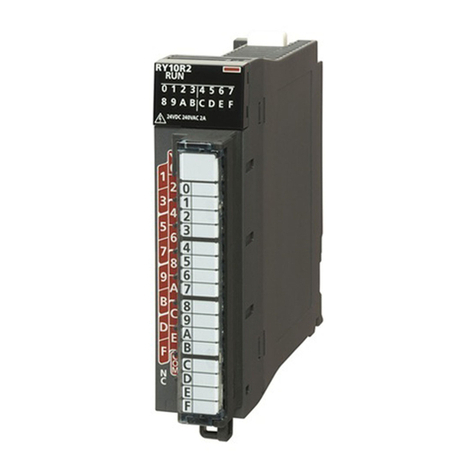
Mitsubishi Electric
Mitsubishi Electric MELSEC iQ-R Series user manual
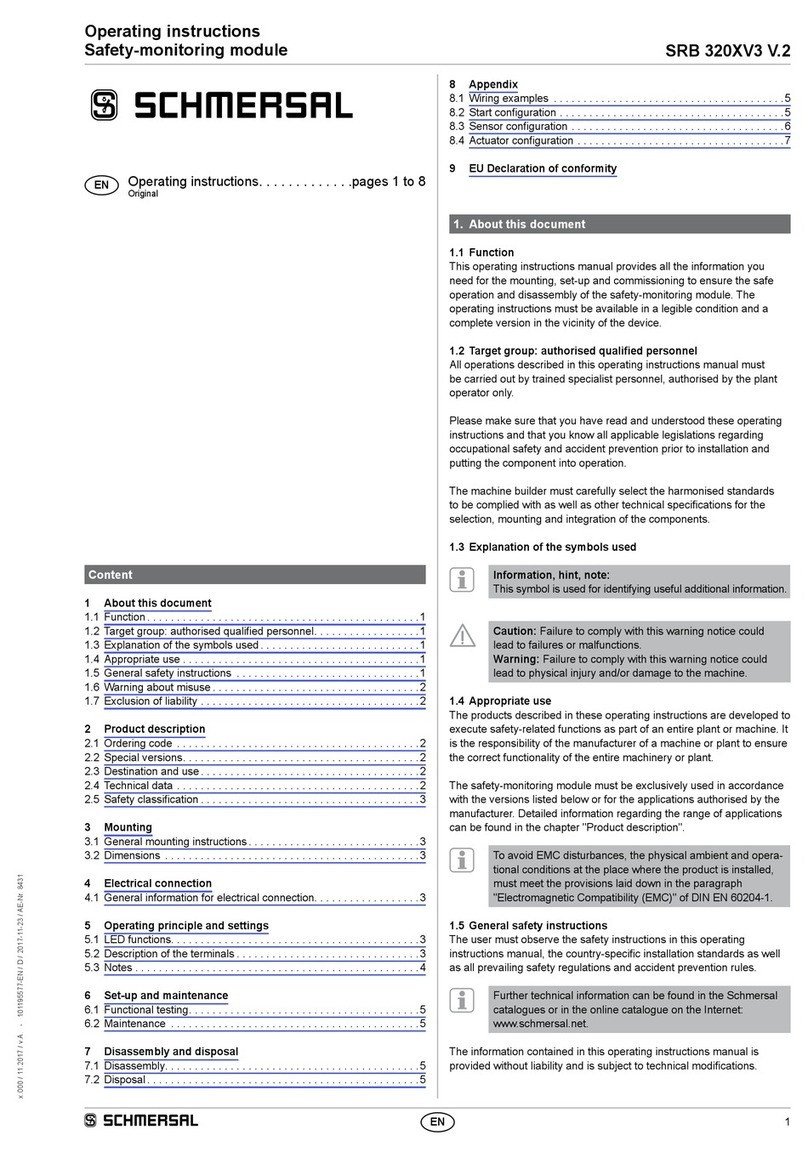
schmersal
schmersal SRB 320XV3 V.2 operating instructions

